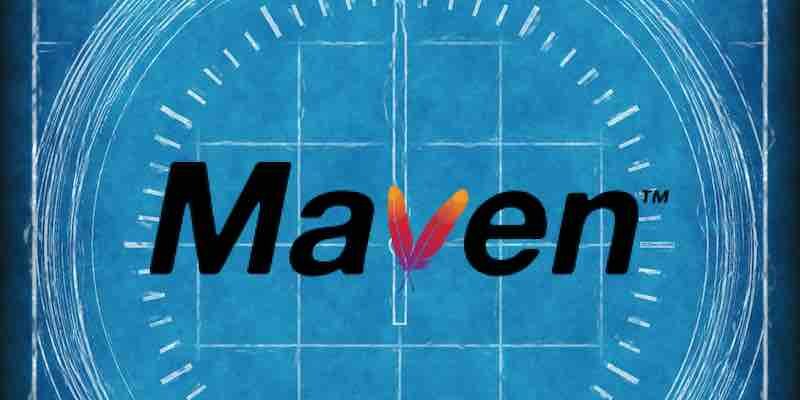Maven: The Build Automation Tool That Will Make Your Life Easier

Maven is an open-source build automation tool that automates software projects’ building, testing, and deploying. It is a popular tool that is used by millions of developers around the world.
What is Maven?
Maven is based on a concept called declarative build scripting. This means you can specify the steps Maven should take to build your project declaratively using a human-readable text file called a pom.xml file. This makes Maven easier to use than other build automation tools with an imperative scripting style.
Why do we use Maven?
There are many reasons why developers choose to use Maven. Some of the most common causes include:
- Declarative build scripting: Maven’s declarative build scripting makes it easier to read and understand than other build automation tools. This can make it easier to maintain and update your build scripts.
- Dependency management: Maven automatically downloads and manages the dependencies of your project. This can save you time and effort, especially for large projects with many dependencies.
- Reporting: Maven can generate various reports about your project, including build status reports, test reports, and code coverage reports. This can help you track your project’s progress and identify potential problems.
- Scalability: Maven is a scalable tool that can be used to build large and complex projects. It can also be used to create projects distributed across multiple machines.
- Reliability: Maven is a reliable tool that has been used by millions of developers around the world. It is backed by a large community of developers constantly contributing to its development.
Benefits of using Maven
In addition to the reasons listed above, Maven has many other benefits. Some of the most notable benefits include:
- Faster builds: Maven uses various caching techniques to avoid rebuilding projects from scratch every time you make a change. This can significantly speed up the build process, especially for large projects.
- Flexibility: Maven is a very flexible tool that can be used to build various software projects. It is also highly customizable so that you can tailor it to the specific needs of your project.
- Community: Maven has a large and active community of developers constantly contributing to its development. This means that there is a wealth of documentation, tutorials, and plugins available for Maven.
- Longevity: Maven has been around for over 15 years and is still actively maintained. This means you can be confident that Maven will be around long-term.
Drawbacks of using Maven
While Maven has many benefits, there are a few drawbacks to consider. Some of the most notable disadvantages include:
- Learning curve: Maven has a steeper learning curve than other build automation tools. It uses a declarative style of build scripting, which can be more challenging to learn than an imperative style.
- Complexity: Maven can be a complex tool, especially for large and complex projects. This can make it challenging to maintain and update Maven builds.
- Dependency hell: Maven can sometimes suffer from dependency hell, a situation where a project’s dependencies depend on other dependencies with conflicting versions. This can make it challenging to build and deploy projects.
- Not as widely used as Gradle: Gradle is a newer build automation tool gaining popularity. This means that there may be more documentation and tutorials available for Gradle than for Maven.
Alternatives to Maven
There are a few alternatives to Maven, including:
- Gradle: Gradle is a newer build automation tool similar to Maven in many ways. However, Gradle uses a declarative style of build scripting, which makes it easier to learn and use than Maven.
- Ant: Ant is an older build automation tool still in use today. It is less flexible and powerful than Maven or Gradle, but it may be a better choice for some projects.
- Bazel: Bazel is a newer build automation tool that is gaining popularity. It is similar to Gradle in many ways but designed to be more scalable and efficient.
How to install Maven on Mac
To install Maven on Mac, you can use the following steps:
- Open a terminal window.
- Run the following command to download the latest version of Maven:
brew install maven- Once Maven is installed, you can verify the installation by running the following command:
mvn -vThis will print the version